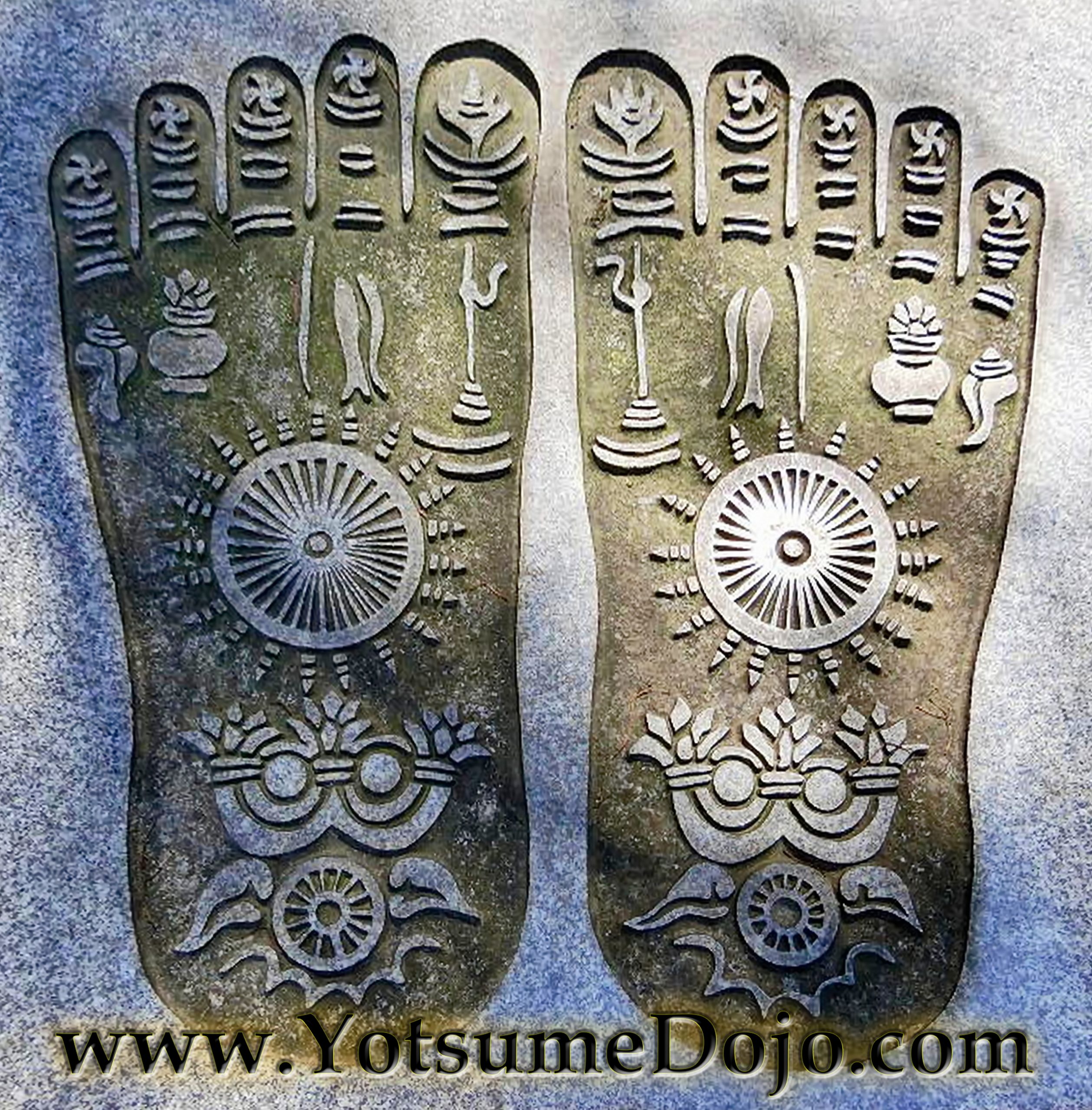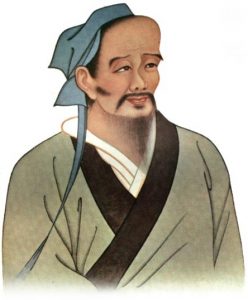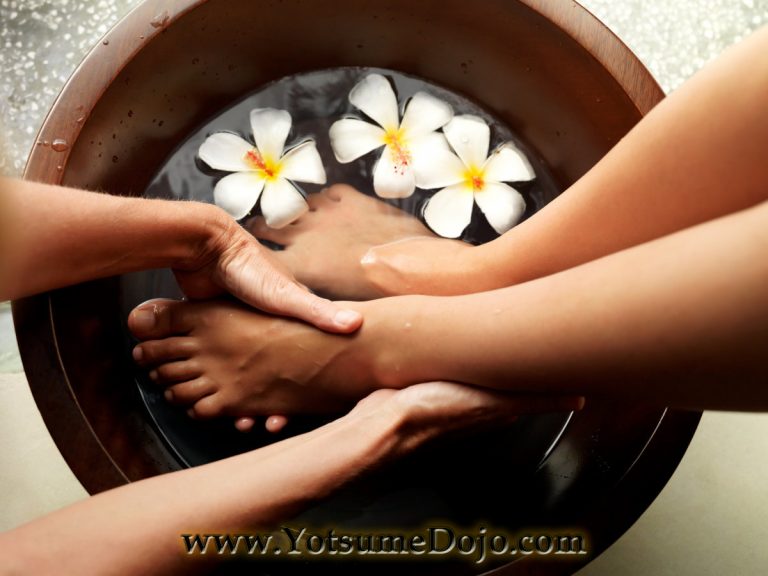
Sokushindo
Japanese Foot Massage & Reflexology

According to an inscription kept at the Yakushi Temple, this footprint was a copy of one at a temple in present-day Xian, China, which in turn had been copied from another enshrined in the ancient Indian kingdom of Magadha, where the Shakyamuni Buddha is said to have lived much of his life. It also reveals that it was a Japanese envoy to China’s Tang Dynasty (618–907), Kibumi no Honjitsu, who made a rubbing and brought it to Nara, Japan. There, the rubbing was carved into stone at the behest of Funya no Mahitochinu (693–770), a grandson of the temples originator Emperor Tenmu, as a memorial for Funya’s deceased wife, Manta no Kori no ou. It is dated 753, making it the oldest of around 300 similar stones that can be found throughout Japan.
Sokushindo 足心道 is the oldest tradition of foot massage and reflexology in the Orient. “Soku” means foot or leg. “Shin” means heart, center, core, the most important part of something. “Do” means way and indicates a complete discipline. Sokushindo has its origins in India. Legend has it that while Shakyamuni Buddha was walking he stepped into “Nirvana”. A woman’s tears fell into his footprints on the ground, and a number of symbols miraculously appeared in the footprints. A stone carving was then made of these footprints and symbols. Before his ascension, Shakyamuni is said to have taught the meanings behind these markings and how they related to the human body and its function. As Buddhism spread into China so did this folk foot massage tradition. The Sokushindō tradition then made its way into Japan. The footprint picture you see here is drawing done of a stone-carved image over 2000 years old of Buddha’s feet held within the Yakushi Temple in Japan. It is not know who actually carved the original image. The core theory of Sokushindo is mainly based of the meanings of these symbols.
Around 40 B.C. Buddhism entered China by travelers who brought with them large amounts of knowledge. This included the science of Buddha’s feet. Slowly this foot science was combined with Chinese medical concepts such as Yin-Yang, five element theory, meridians, acupoints, oriental diagnosis methods, etc. The oldest reference in China to Buddha’s feet is from the Nan Ching Yellow Emperor’s Classic of Internal Medicine where it was referred to as Kanshi Hō 観趾法 (foot diagnosis method). It is thought that Buddha’s feet entered into Japan around the 5th and 6th century along with warrior monks who brought with them a great many sciences and shared these teachings which found a home in Japanese culture. These monks taught at temples in Japan and it became a standard that one had to study medicine for 7 years before one could practice at a temple.
At some point in Japanese history, a well-known doctor by the name of Kada 華佗 introduced Sokushindo as a separate discipline in and of itself. Kada added things like the use of oil for the practice of foot massage techniques. In addition, foot massage techniques from the Anma tradition were added as well. Kada’s teachings were kept secret and many branches formed out of his method passed down within certain Japanese families. This tradition is part of Folk Medicine in Japan. Sokushindo was at one time given in Japanese inns. Travelers would enter the inn, remove their shoes, soak their feet for a while, and then receive medicine in the form of Sokushindo, foot massage and reflexology.

Kada developed the use of anesthesia, a tradition of surgery, and the Chi Gung methods know as the frolics of the five animals.

Dr. Kada also taught a form of medicinal “four seasons” foot bath Shiki Ashiyu 四季泡腳. His foot bath teaching states:
- 春天泡腳,開陽固脫 Soak your feet in spring to open up the ‘yang’.
- 夏天泡腳,暑理可祛 Soak your feet in summer to relieve heat.
- 秋天泡腳,肺潤腸蠕 Soak your feet in autumn to moisten your lungs and intestines.
- 冬天泡腳,丹田暖和 Soak your feet in winter to keep your Tanden warm.
